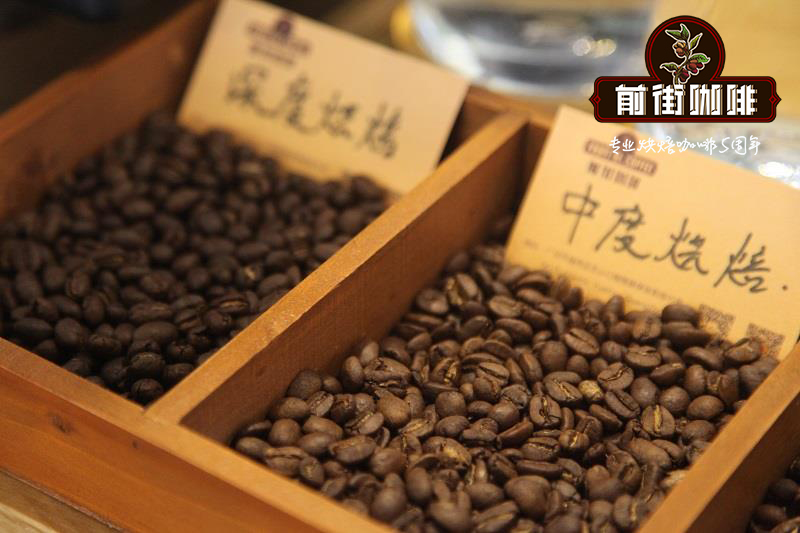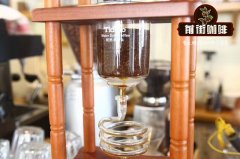Brief introduction of Coffee Bean Manor in Honduras-characteristics of El Puente_ Honduran Coffee

Professional coffee knowledge exchange more coffee bean information please follow the coffee workshop (Wechat official account cafe_style)
Don Fabio Caballero is a second-generation coffee farmer in Honduras and one of the pioneers of growing coffee there.
His land was distributed to his next generation.
Among them, the current female landowner Marysabel Caballero and her husband Moises Herra take care of the land.
And Moises himself is a coffee family, and he brought his farmland to this family business.
And nearly 200 square meters of land is divided into 17 farms.
And over the years, they have been producing high-quality coffee beans.
Won eighth place in 2006 COE and first place in 2016.
More importantly, they will invest a lot of time and resources.
Put it on the new equipment to make the treatment better.
Plant and study new varieties of coffee to improve the quality
All because they attach great importance to the environment sustainability of the manor.
For example, in order to ensure good growth conditions and soil
They will make some organic fertilizer to give coffee trees the nutrients they need.
And the manor also grows oranges, avocados, bananas and some plants
These things also let the world see one more side of Honduras.
Made some silent contributions to the image that can produce better coffee.
During the harvest period, they will hire and train skilled technicians to select ripe fruits.
Every worker will have two bags to pick.
One is used to release mature and the other is used to release substandard
Finally, the payment is calculated according to the amount collected by them.
To ensure that what is harvested is the best and qualified
After harvest, the pulp will be removed by pulper.
Then use African washing technology to let parchment coffee ferment for 12 hours.
This technique helps to find floating objects or immature beans from some high-density and mature coffee.
After washing, it will be soaked in clean water for about 12 hours.
Finally, coffee beans will set up a scaffolding in the sun or shade for about 11 to 20 days to control the moisture content of brown beans at about 11 to 12%.
COFFEE DETAILS
Location: La Paz-Honduras
Process: Washed
Varietal: Catuai
Tasting Notes: Berry,Black cherry, Vanilla,Clean
END
Important Notice :
前街咖啡 FrontStreet Coffee has moved to new addredd:
FrontStreet Coffee Address: 315,Donghua East Road,GuangZhou
Tel:020 38364473
- Prev

Introduction to Finca Cual Bicicleta bicycle manor in Honduras _ Honduran Coffee
Professional coffee knowledge exchange more coffee bean information Please follow the coffee workshop (Wechat official account cafe_style) today baked beans with special taste that were bought previously at the Honduras Coffee Cup Test: [Honduras / Bicycle Manor / Ikatu / Solar / Organic]. Before baking, I specially checked the productor:Oscar Omar Alonzo written on the bean bag, and it turned out to be a little harsh.
- Next

Characteristics of Santa Barbara Coffee producing area in Honduras
Professional coffee knowledge exchange more coffee bean information please follow the coffee workshop (Wechat official account cafe_style) Honduran coffee beans Saca Stoume Parainema species Honduras Familia Sagastume Parainema [country] Honduras [production area] Santa Barbara [cooperative] San Vincent treatment plant [producer] Saca Stoume family [treatment] water
Related
- Does Rose Summer choose Blue, Green or Red? Detailed explanation of Rose Summer Coffee plots and Classification in Panamanian Jade Manor
- What is the difference between the origin, producing area, processing plant, cooperative and manor of coffee beans?
- How fine does the espresso powder fit? how to grind the espresso?
- Sca coffee roasting degree color card coffee roasting degree 8 roasting color values what do you mean?
- The practice of lattes: how to make lattes at home
- Introduction to Indonesian Fine Coffee beans-- Java Coffee producing area of Indonesian Arabica Coffee
- How much will the flavor of light and medium roasted rose summer be expressed? What baking level is rose summer suitable for?
- Introduction to the characteristics of washing, sun-drying or wet-planing coffee commonly used in Mantenin, Indonesia
- Price characteristics of Arabica Coffee Bean Starbucks introduction to Manning Coffee Bean Taste producing area Variety Manor
- What is the authentic Yega flavor? What are the flavor characteristics of the really excellent Yejasuffi coffee beans?

